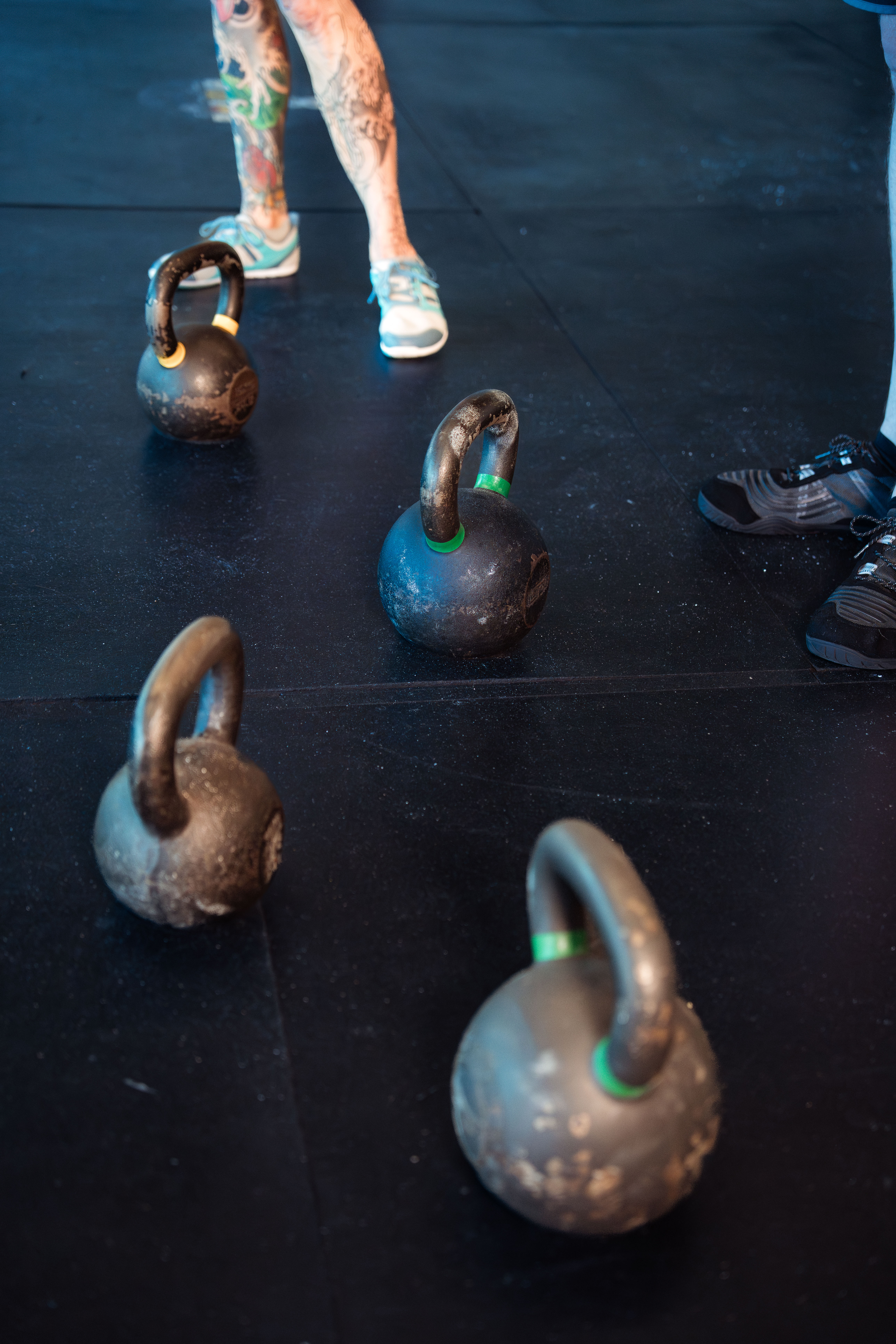Track It to Crush It: How Measuring Your CrossFit Progress Speeds Up Your Gains
One of the most powerful tools in CrossFit isn’t a barbell, a rower, or even a set of gymnastic rings—it’s a pen, a phone app, or a simple spreadsheet. Tracking your workouts might not be as flashy as hitting a new PR, but it’s the secret weapon that can help you reach your goals faster and more consistently.
Why Tracking Matters in CrossFit
CrossFit is built on constantly varied functional movements performed at high intensity—but “varied” doesn’t mean random. Your workouts, lifts, and conditioning sessions all follow patterns that, when tracked, reveal exactly how you’re improving. Without tracking, it’s easy to lose sight of just how far you’ve come—or where you might be stuck.
Here’s why it works:
- Data Brings Clarity – Numbers don’t lie. You can see exactly how your strength, endurance, and skill work are trending.
- Motivation Boost – Watching your back squat go from 185 lbs to 225 lbs, or your Fran time drop by two minutes, is a massive morale booster.
- Better Goal Setting – You can’t aim for a target if you don’t know where you’re starting. Tracking gives you a clear baseline for setting realistic goals.
- Identifying Weak Points – Struggling with a particular movement? Your log will show patterns that help you—and your coach—focus on the right areas.
What to Track
You don’t have to log every detail of your workout life, but the following are game-changers:
- Lifts – Record weights, sets, and reps for all major lifts.
- Benchmark WODs – Keep track of “Girls,” “Heroes,” and other repeat workouts to measure conditioning progress.
- Skills – Pull-ups, double-unders, handstand holds, and other gymnastics skills benefit from measurable tracking.
- Body Metrics – If body composition is a goal, note your weight, body fat %, or waist measurements monthly.
Tools for Tracking
- Apps – SugarWOD, WODify, and Beyond the Whiteboard make tracking quick and easy.
- Old School – A dedicated notebook can be just as effective, especially if you like writing notes and reflections.
- Spreadsheets – For the data-minded athlete who likes to see charts and graphs.
The Compound Effect of Tracking
Think of tracking like compound interest for your fitness. Each logged workout builds on the last, helping you make smarter adjustments, recover better, and push at just the right intensity. Over time, those small, intentional tweaks add up to massive results—faster than if you were just winging it.
Final Thought
CrossFit thrives on intensity, but real progress comes from pairing that intensity with intentionality. Tracking your workouts transforms “showing up and sweating” into a targeted plan that gets you where you want to go—faster, stronger, and with proof of just how much you’ve grown.








